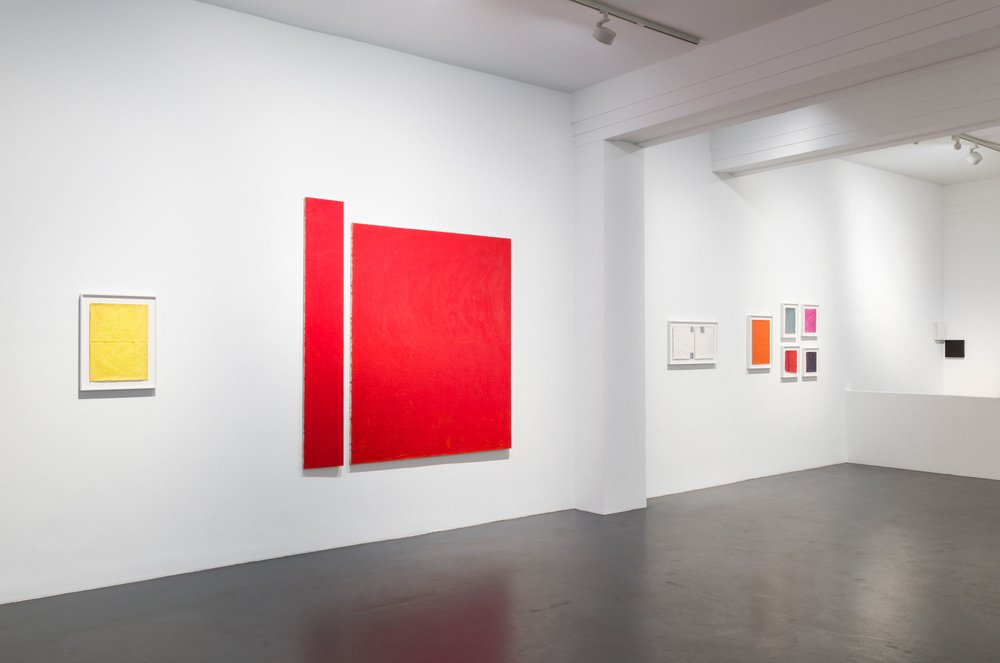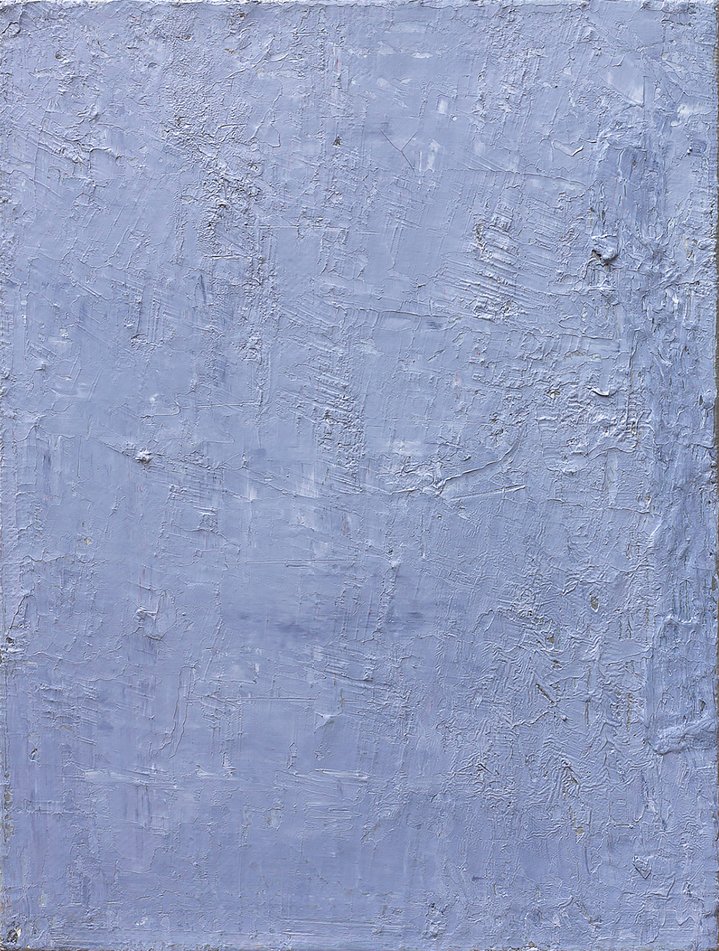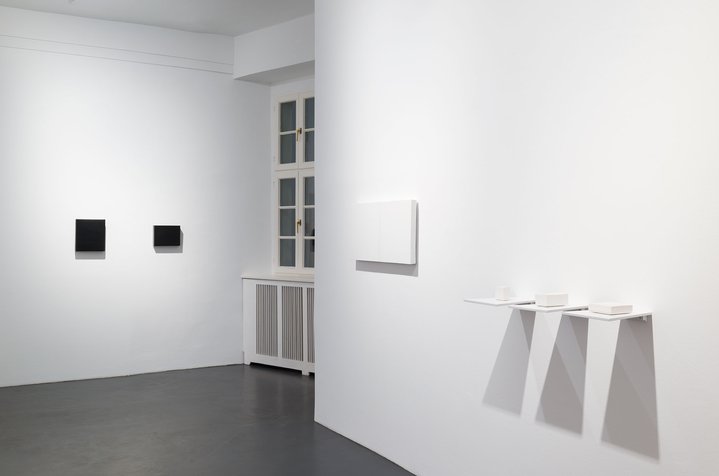Five Ukrainian artists on show in Berlin’s Diehl Gallery

Five Artists from Ukraine – ‘Out of the Depths...’ Exhibition in Diehl Gallery. Courtesy Diehl Gallery
The exhibition, ‘Out of the Depths’, which opened in Berlin on 18th of March is an attempt to provide real support for Ukrainian artists. Its title is a translation of the first line of Psalm 130, De profundis.
Since the beginning of the conflict in the Ukraine, cultural figures in Europe or those oriented towards European discourse and art history have been facing the problem of finding the right tone, like the question about "poetry after Auschwitz" once raised by Adorno. If we cannot talk about contemporary art without a political dimension, then what can we talk about and how? One can rethink what exists: for example, MoMA in New York has dedicated one of its galleries to artists born in the territory of contemporary Ukraine, namely Sonia Delaunay (1885–1979), Ilya Kabakov (b. 1933), Kazimir Malevich (1879–1935), and Louise Nevelson (1899–1988). Familiar figures, its just their assembly point is new.
The other option is to work more actively with contemporary Ukrainian artists; this is the path taken by gallery owner Volker Diehl. The artists he has exhibited in Niebuhrstrasse are part of the group ‘Alliance 22’ (in existence since 2012), and all of them work, in one way or another, with non-objective or minimalist art. Under this group name, Diehl already showed them in 2016, including some works from the new exhibition.
There is in the exhibition a palpable sense of team spirit among the artists on show, their works exist comfortably in a single space, their characteristic plastic features compliment one another. White painting-sculptures by Serhiy Popov (b. 1967) rhyme with black objects by Serge Momot (b. 1969). The monochrome op-art by Constantin Roudeshko contrasts with the colourful abstraction by Badri Gubianuri (b. 1962) and Tiberiy Szilvashi (b. 1947) (winner of the Taras Shevchenko prize in 2022). Each artist has one or another technique around which the "exit from the plane" unfolds, all flickering along a 2D/3D line. For example, the largest and most expensive work at the exhibition looks flat, but it is a kind of encaustic, a panel assembled by Badri Gubianuri from the burned ends of church candles.
There is an important question one has to ask an abstract artist: what is your abstraction about? The set of languages that create a non-objective visual field has been used so many times and for so many subjects that it has already become firmly embedded in our lives. A monotonous bright spot in the background is now accepted as a legitimate part of interior design, which is good in a commercial sense and bad in an ideological sense. More recently, Russian art critic Irina Kulik asked, "Is there any contemporary abstract art which is not just decorative?". During times of peace, maybe not, but historically it turns out that during time of trouble it is non-figurative language that becomes the form that accepts best the mission of resisting right-wing illustrativeness.
This well-crafted exhibition at the Diehl Gallery reflects in part what Ukrainian art has been pre-2022, consolidated and conscious, but is not the most characteristic (rather, stressing the difference of the artists' own position from exuberant visuality). In the future, perhaps, Ukrainian abstraction might become the basis on which broad strokes of uncertainty and despair on the one hand, and anger and pride on the other will be painted. One way or another, art from Ukraine is now perceived politically in Berlin, which means that we can talk about it. If it leads to a greater representation of Ukrainian artists in European galleries and museums, fine. It might help some artists and their families survive; it might even create new brands on the global art scene.
The launch of Tiberiy Szilvashi's book Rembrandt-Zoom was timed to coincide with the exhibition. The publisher, ciconia ciconia Verlag, specialises in German language versions of texts related in one way or another to culture and art from the former Soviet Union. In the book the artist presents his views on painting, drawing and street art and also analyses the works of Rembrandt, de Chirico and various Ukrainian artists. "In place of disappearing expressiveness comes melancholy - this transmutational flow that has moved into painting from alchemy" — says Tiberiy Szilvashi.










